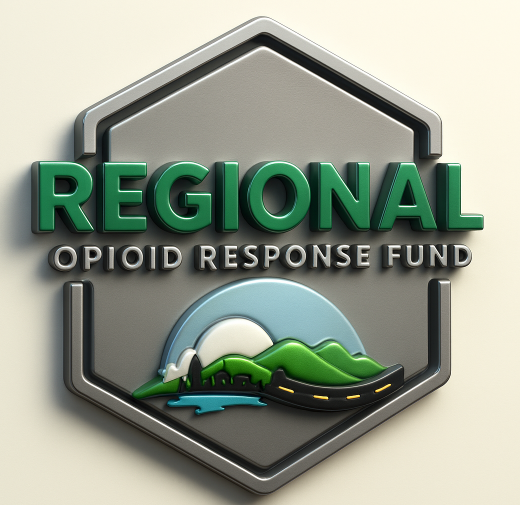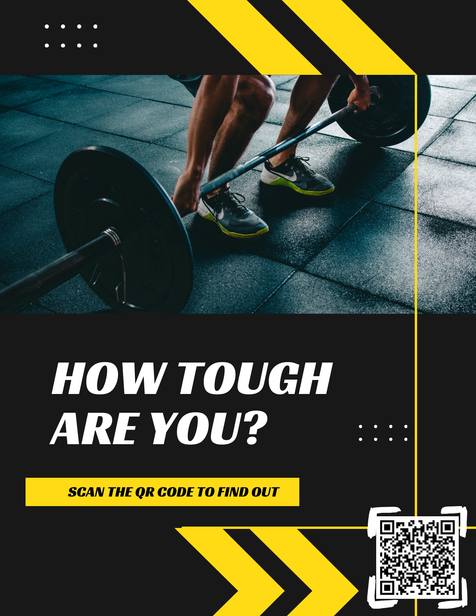
Regional Opioid Response Fund

About the RORF
On July 1st, 2023, nine towns in our region executed a Memorandum of Understanding to contribute their National Opioid Settlement Funds to the newly established Regional Opioid Response Fund (RORF), organized under the auspices of the Northwest Hills Council of Governments. The RORF is an innovative model that addresses the challenges our small towns face when attempting to have a positive impact on local opioid prevention and treatment. The RORF aims to continue reducing the community and economic impacts of substance use, as well as the administrative burden on town staff when receiving these settlement funds.
Our collective efforts have garnered noteworthy support from DMHAS Commissioner Nancy Navarretta (as reported in an article from the CT Examiner) and have been further recognized as a “model” in the media by the CT Mirror and WSHU Public Radio.
Our mission is to support, develop and implement initiatives tailored to our rural communities that will reduce substance use and associated stigma.
Participating Towns as of July 1st, 2025: Barkhamsted, Canaan (Falls Village), Colebrook, Cornwall, Hartland, Kent, Litchfield, Morris, New Hartford, Norfolk, Warren & Washington.

Harm Reduction
What is Harm Reduction?
“Harm reduction is a set of practical strategies and ideas aimed at reducing negative consequences associated with drug use.
– National Harm Reduction Coalition
Resources:
-
Litchfield County Opiate Task Force - Harm Reduction Rover Sites and Naloxone Distribution Map & Locator
-
Syringe Service Programs (SSP) - SSPs are community-based prevention programs that can provide a range of services, including treatment and access to/disposal of sterile syringes. Find a location.
-
Never Use Alone Hotline - Never Use Alone is the US National Overdose Response line that people can call when they’re using by themselves, with no one to call for help. One of the volunteer operators will take your location information and alert EMS to that location if you stop responding after using. Learn more, or call 1-877-696-1996
-
For First Responders - Please contact NHCOG if you would like to receive training and Leave Behind Kits, or if you would like more information about how we can support and better prepare you for responding to suspected overdoses.

Treatment
National Resources -
-
Substance Abuse and Mental Health Services Administration's National Helpline - Free, confidential, 24/7 treatment referral and information services - Learn more or call 1-800-662-4357
Local Resources:

FAQ:
What is the Good Samaritan Law?
-
The Good Samaritan Law protects people who call 911 seeking emergency medical services for an overdose from arrest for possession of drugs/paraphernalia. It does not protect someone from other charges or stop the police from serving a search or arrest warrant if that was already in process. Learn more.
What is Fentanyl?
-
Fentanyl is a powerful synthetic opioid analgesic that is similar to morphine, but is 50 to 100 times more potent. It is a Schedule II prescription medication, and it is typically used to treat patients with severe pain or to manage pain after surgery.
-
FACT: Naloxone is an effective medication to reverse a fentanyl overdose.
-
FACT: You cannot overdose just by touching powdered fentanyl; fentanyl must be introduced to the bloodstream or mucus membrane to cause a response. Therefore, never touch your eyes, nose, or mouth if you have come in contact with the substance.
What is naloxone?
-
Naloxone, also known by the brand name Narcan, is a safe and effective medication that can reverse the harmful effects of opioid overdose.
FACT: Naloxone will NOT harm someone if it is administered to someone who is NOT overdosing, and is safe for all ages from infants to older adults. Learn more.
What is Xylazine?
-
Xylazine is an animal tranquilizer that is not approved for human consumption by the FDA, and is sometimes referred to as "Tranq".
-
Xylazine is often used as an additive in other illegal substances to prolong the intoxicating effects.
-
People who use xylazine may be at increased risk of developing wounds, even in places where they do not inject.
FACT: Xylazine is NOT an opioid and will NOT respond to naloxone.
FACT: Even though xylazine does not respond to naloxone, one should still administer naloxone in the case of any suspected overdose and always monitor the person's breathing.
What is naloxone?
-
Naloxone, also known by the brand name Narcan, is a safe and effective medication that can reverse the harmful effects of opioid overdose.
FACT: Naloxone will NOT harm someone if it is administered to someone who is NOT overdosing, and is safe for all ages from infants to older adults. Learn more.
What is Xylazine?
-
Xylazine is an animal tranquilizer that is not approved for human consumption by the FDA, and is sometimes referred to as "Tranq".
-
Xylazine is often used as an additive in other illegal substances to prolong the intoxicating effects.
-
People who use xylazine may be at increased risk of developing wounds, even in places where they do not inject.
FACT: Xylazine is NOT an opioid and will NOT respond to naloxone.
FACT: Even though xylazine does not respond to naloxone, one should still administer naloxone in the case of any suspected overdose and always monitor the person's breathing.
Rural Anti-Stigma Campaign



















